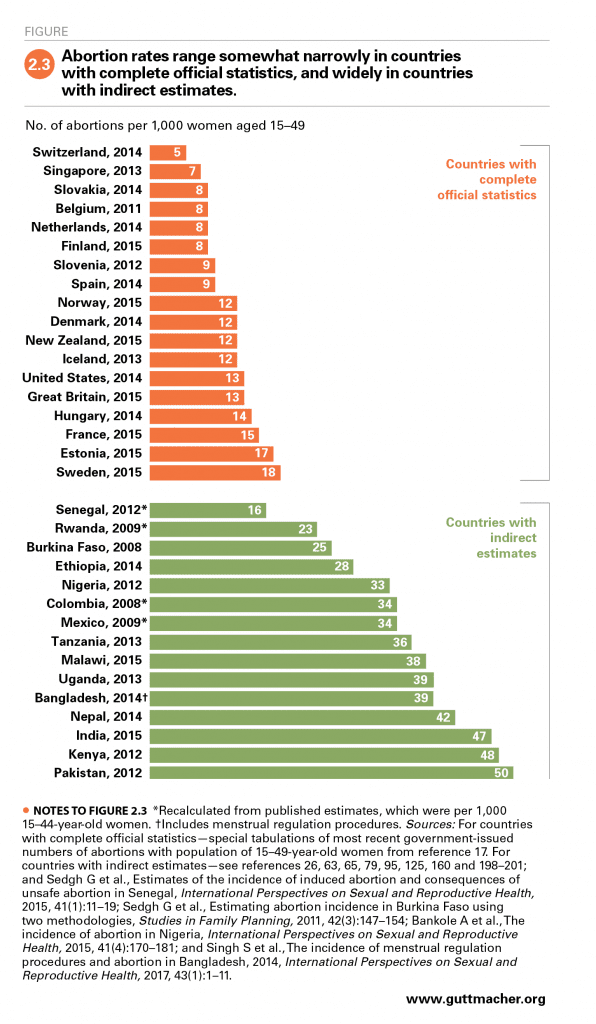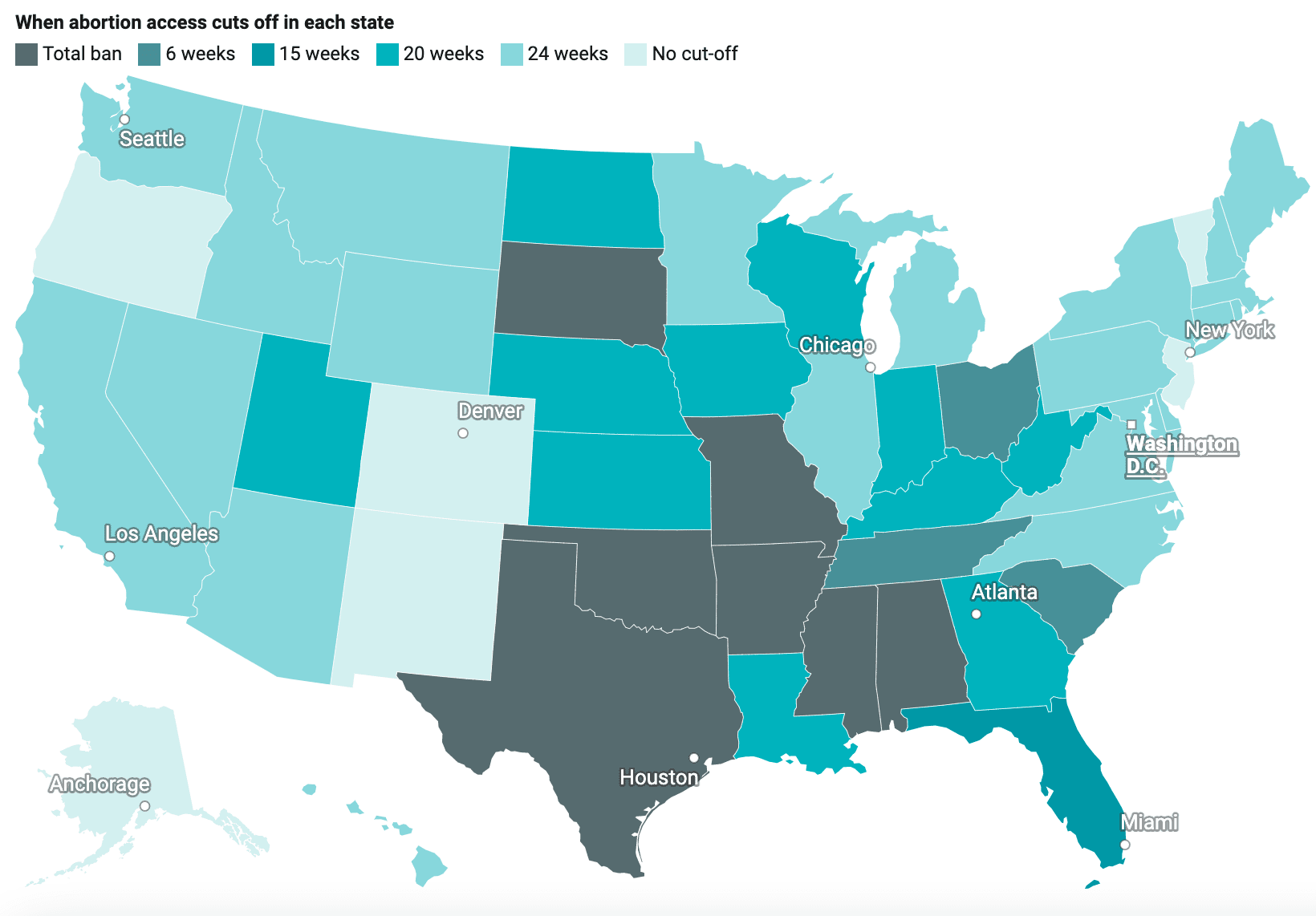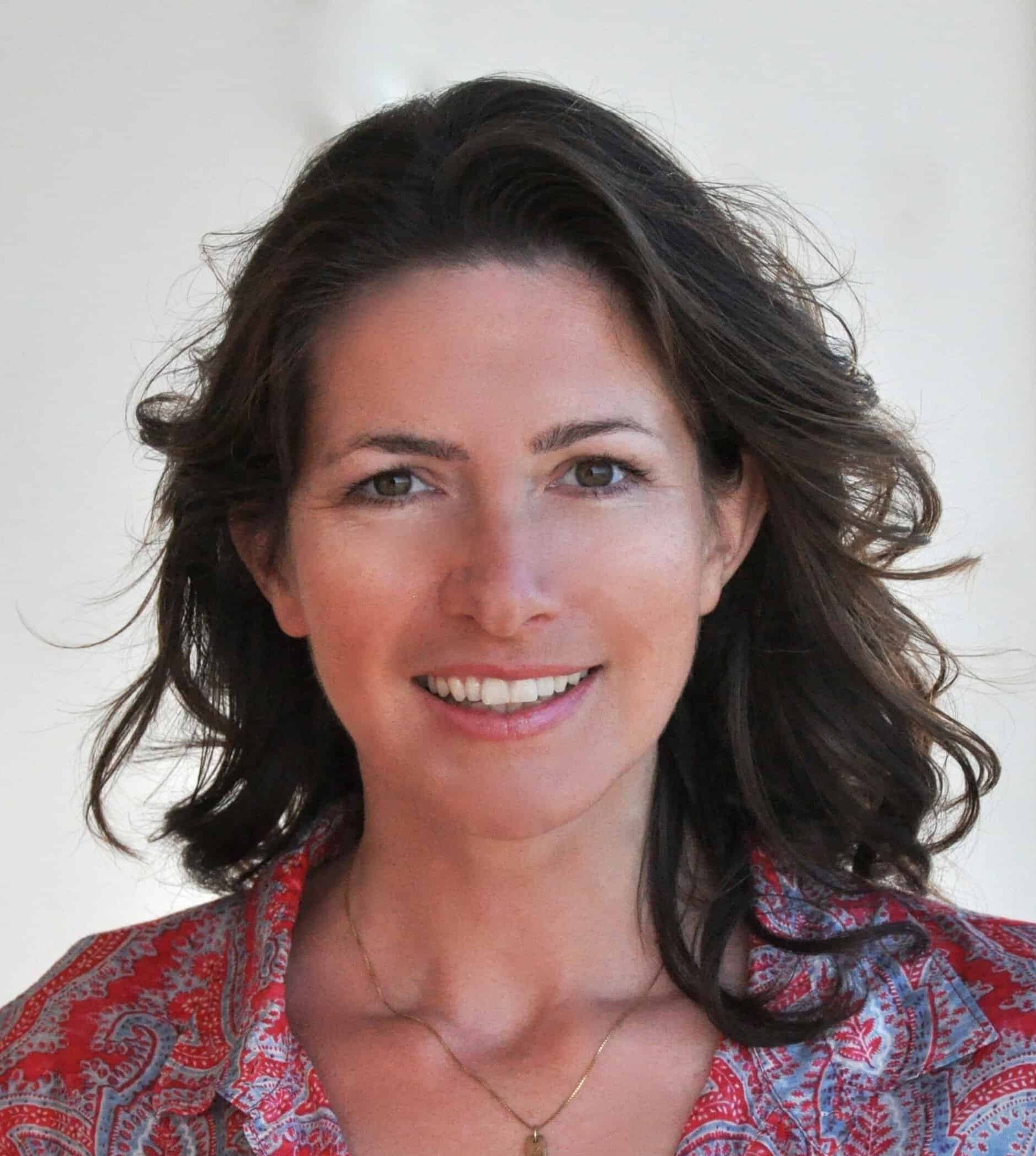In early June, Andrea Prudente from Issaquah, Washington, traveled to Malta to celebrate a “babymoon” with her partner. But a week after her arrival, 17 weeks into her pregnancy, she started bleeding heavily. The doctors at the St. Thomas hospital told her that her placenta had detached and the baby had “zero chance” of survival. Prudente risked a severe, life-threatening hemorrhage, complicated by a Covid infection. Yet the medical staff refused to complete the miscarriage and remove the fetus.
When she booked the vacation, Prudente had no idea that Malta is the only European country where abortions are illegal under any circumstance, even to save the life of the mother. Prudente’s partner Jay Weeldreyer says he had to fight with what he called “uncooperative staff” to get his ailing partner airlifted to Spain for the life-saving procedure. “It’s an inconceivable form of emotional and psychological torture,” Weeldreyer told the Guardian.
Prudente and Weeldreyer were still in the Spanish hospital when they heard the news that their own country had just rescinded constitutional protections for abortion, too. “We were just thinking about the women who are going to suffer in states where politicians will choose to do something like Malta for a political gain,” Weeldreyer told the AP. “Women are going to suffer.”
They are, in fact, already suffering. Women in the US have reported that they experienced miscarriages and could not convince their doctors to complete the procedure because the doctors feared legal consequences, as happened recently to Marlena Stell, an educator in Texas.
Even before the U.S. Supreme Court overturned Roe v. Wade, conservative states had passed laws to tighten restrictions on abortion. Last September, Florida governor Ron DeSantis signed a bill banning abortions after 15 weeks with no exceptions for cases of incest, rape or human trafficking. In April, Oklahoma’s governor Kevin Stitt signed a bill that would make performing an abortion a felony except in a medical emergency. And in May, the Louisiana State Legislature briefly advanced a bill (later scrapped) that would have treated abortion flatly as homicide, with no exception for rape, incest, or medical emergencies. “This is a bill to immediately end abortion in the state of Louisiana,” said Pastor Brian Gunter at the time. “No compromises, no more waiting.”
So, the question is worth asking: Do such laws actually “end abortion”?
The answer is no. As it turns out, the best way to reduce abortions is to make them more accessible, not less.
The truth is, countries with the most restrictive abortion laws have the highest rates of abortion, according to a report by the Guttmacher Institute. In Pakistan, where abortions are almost always illegal, there are an estimated 43 abortions per 1,000 women — one of the highest rates in the world. By contrast, all of the countries with the fewest abortions offer access to the procedure upon request.

Take the Netherlands, where any woman who needs one can legally have a safe abortion until 24 weeks after conception. Here, just eight out of 1,000 pregnancies are terminated — half the rate in the U.S., and one of the lowest rates in the world. What constitutes the “need” for an abortion is not clearly defined — the law trusts women, their doctors and the courts to interpret this law as they see fit. Almost all Dutch clinics that offer abortions are nonprofits, and health insurance usually covers the cost.
The system works so well that the Netherlands recently liberalized its laws even further. This spring, it abandoned the regulation that forced women to wait five days between consulting their doctor and making the decision. And in March, it allowed general practitioners to prescribe abortion pills.
These policy shifts are based in science. “More liberal abortion laws don’t lead to an increase in abortion numbers,” says Alicia Baier, an OB-GYN in Berlin and co-founder of the advocacy group Doctors for Choice, which advocates for more liberal abortion laws. She points out that restrictive measures like mandatory wait times have never been proven to work. “The World Health Organization (WHO) states clearly that punitive measures do not decrease abortions. They only make them less safe, hamper access and delay the procedure,” she says. “Pregnancy termination is safest the earliest it is performed.”
Safe, legal, and rare
Switzerland is another place where increasingly liberal abortion laws have gone hand in hand with a steady decrease in the number of abortions. Not long ago, Switzerland only allowed abortion for specific medical conditions, but in 2002 Swiss laws changed to allow abortions during the first 12 weeks of pregnancy after counseling, an approach accepted by 72 percent of voters. Per 1,000 women aged 15 to 44, abortion rates dropped from around 12 in the 1970s to around eight in the 1990s. After legalization, the rates kept falling, to around seven in the 2000s, 6.5 in 2013 and 5.4 in 2020 — a remarkable achievement compared to the United Kingdom (17.5), France (15 in 2009) and the United States (14.4 in 2020). (The average annual worldwide abortion rate is 28 per 1,000 women of childbearing age.)
Meanwhile, the U.S. is one of the few countries where abortion rates are rising. Every fifth pregnancy in the US is terminated, an increase of eight percent over the last three years. Why?
Health experts point to three main factors that tend to keep abortion rates low: education, contraception and a relatively high level of wealth. (Prohibition isn’t on the list.) This is why most European countries (including Switzerland and the Netherlands) and Canada have made the prevention of unwanted pregnancies a priority, an effective approach in which the US lags far behind. Today, the US leads the industrialized world in unwanted pregnancies — nearly half are unintended, and they disproportionately affect poor and uneducated women.
Several conservative US states don’t even require school-taught sex education, and reproductive care is unaffordable for many American women. In Switzerland and the Netherlands — where almost every school teaches sex education, and contraception (including morning-after pills) is accessible and affordable or even free — the rate of unwanted pregnancies is just 28 percent, a little over half the rate in the US.
What outlawing abortion does do is make the procedure unsafe for low-income women, both in the US and worldwide. Of the roughly 56 million abortions every year, nearly 50 million happen in developing countries. “Lack of access to safe, timely, affordable and respectful abortion care is a critical public health and human rights issue,” according to the WHO, which recently published data showing that “nearly half of all abortions are unsafe,” and “developing countries bear the burden of 97 percent of these unsafe abortions.”
“Driving to the Netherlands”
“Driving to the Netherlands” was an expression I sometimes heard when growing up in Germany. It referred to abortion, or more specifically, to the women who could afford to drive across the border to get one. Since Germany is a largely progressive European country, some foreigners are surprised to learn that abortion is generally illegal there unless a woman can prove in mandatory counseling that she is emotionally or physically unable to carry the pregnancy to term. Only an estimated one out of ten gynecologists perform the procedure, and even fewer dare to say so publicly.
Decisions around contraception are very personal, so allow me to get personal. I grew up Catholic, and I respect the belief that life begins at conception. I respect this belief so much that for me, personally, an intrauterine device (IUD) that might occasionally lead to the shedding of an already fertilized egg was not an option. But I’m not God, so I don’t know when life begins. Nobody knows for sure, so I want to veer on the safe side, but I can’t make this decision for anybody else. My mom dragged me to the OB-GYN when I was 13 years old, long before I even thought about having sex, and she convinced him to prescribe me contraception pills, “just in case,” much to my embarrassment at the time. That is because my mom had an unwanted pregnancy (me) when she was 19 and was intimately familiar with the hardships of having a child while still being a teenager herself. My parents openly told me in child-appropriate language how babies were made when I asked. (It was the “when mommy and daddy love each other very much” talk, not the birds and the bees.) I proudly shared my newly acquired knowledge with the other fourth graders and still remember their chins dropping, because they could hardly believe what they just heard.
I’m digressing, but my point is: I was lucky in so many ways. Very lucky and privileged.
And I have no business judging anybody else.
Since moving to the U.S., I have spoken with many members of the anti-abortion movement. And the question that nags at me is: If the goal truly is to protect lives, why not fight for the numerous proven ways to save the lives of mothers and children?
The United States has the highest maternal mortality rate of any developed country. While maternal mortality is falling worldwide, it keeps rising in the US, where there is an average of 23.8 maternal deaths per 100,000 live births, compared with five in the Netherlands and Switzerland. The worst maternity death rates can be found in conservative US states, with Louisiana (58.1), Georgia (48.4), Arkansas (37.5), Alabama (36.4) and Texas (34.5) leading the sad statistics. And Black mothers have the highest risk (55.3), nearly three times the maternal death rate for non-Hispanic white women. A Black woman in Texas is about 30 times more likely to die in childbirth than a woman in Sweden or Germany. Conservative states have slashed measures that give mothers access to affordable health insurance and prenatal care, and they have closed many of the public health clinics that were often the only affordable option in underserved areas. Houston, we have a problem.
The same states also have the worst infant mortality rates. Mississippi, Louisiana, Alabama, Georgia, Arkansas, Kentucky, Florida and Texas lead that statistic with more than five infant deaths per 1,000 live births, compared with 2.2 in the Netherlands and 3.1 in Switzerland. (Alabama, by the way, also has the highest rate of cervical cancer in the US, not least because it hampers preventative health care for low-income women. Instead, it tortures women after miscarriages with legal threats.)
The Trump administration’s “domestic gag rule” dramatically slashed the Title X family planning network’s capacity and severely reduced the number of contraceptive clients served by the program. “This meant that many people in some states lost access to low- or no-cost contraceptive care. In turn, this may have resulted in more unintended pregnancies and greater need for abortion care,” according to the latest Guttmacher report.
If one wants to prevent abortions, making contraception affordable or free is the fastest way to achieve this goal. So, why do lawmakers allow Christian employers to exclude contraception costs from health care while paying for Viagra?
If one indeed does believe, despite all the evidence, that criminalizing mothers helps, it begs the question: Why not criminalize the fathers, too? According to the knowledge I had as an eight-year-old, men are at least partly responsible for any pregnancy.
Why force women who do carry their pregnancies to term after having been raped to share custody with their rapist, which happens far more frequently than I believed until I spoke with half a dozen women who had to bear such court decisions?
Why is a rapist who rapes a 10-year-old in Ohio likely to get away with a much lesser sentence (if any at all) than the 10-year-old who cannot carry this pregnancy to term or the doctor willing to perform that abortion? The trigger laws in Texas even allow life sentences for abortion providers.
And lastly, while anti-abortion activists argue that the personal freedom of a woman ends when her decision impacts another life, then what about the 45,000 firearm deaths in the US every year, of which about one tenth are children? Does the personal freedom of gun owners not end when guns are the leading cause of death for American kids?
For someone to call themselves pro-life, they need to favor ALL life. The lives of mothers and their born children are also gifts worthy of protection.







